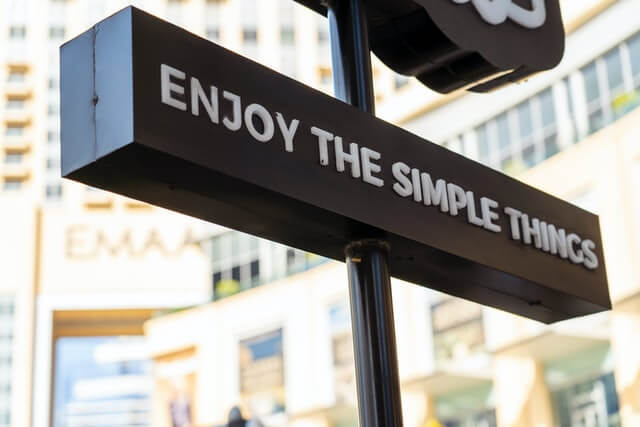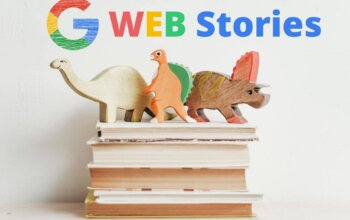Crawlability and Indexability are the two decisive components for enhancing your SEO. Despite the decisiveness of Crawlability and Indexability, they are less talked and worked on.
They have impeccable potential yet barely we know about it.
Are we confused?

If yes, Crawlability and Indexability are two different terms but they resonate with the same vibe.
They are the sequentially occurring phenomenon that completes the process of Google or any other search engine of validating and verifying the webpages.
Now before getting any wrong ideas, let’s first discuss what it means.
What are Crawlability and Indexability?
As explained earlier, it completes a process. However, they are similar to some extent.
Crawlability:
It’s the parameter or power of your webpages that defines how to crawl friendliness your page. In simple terms, it indicates how easy it is to crawl your page by search engine bots.
Indexability:
It is the process of registering your web pages into the search engine’s central database so that they can view your content with your consent.
It’s like adding any keywords or terms in the index section found in any book referring to the location of the word.
Does it make any sense now?

These processes are a sequential process. Generally, crawling occurs before indexing. However, crawling will occur in multiple numbers of times. Crawling makes the search engine updated for any recent actions or changes to the originality of the content by the website owner.
How are Crawlability and Indexability interrelated?
Before learning their interrelation, it is essential to learn the basic working principle of any Search engine.
How does the search work?
According to Google,
when a user enters any queries, web crawlers accumulate the billions of indexed webpages related to your questions.
The crawling process begins with the past crawling information and the sitemap submitted before. The process of exploring the website is similar to human interaction with the website. They focus on the inbound links that are linked within the contents.
The crawlers especially focus on the new sites, recent changes or updates, and dead links.
The crawlers determine the nature of the crawling as defined in their search algorithms.
Google as well offers a Search Console that allows the user to control the Crawlability and Indexability. Search Console offers the website owner precise and absolute control.
Have you imagined the power of Search Console before?

Users can even instruct how to process the pages, request a recrawl by submitting a simple but powerful robot .txt file.
Search engines have confined a time limit to crawl the pages and that time is called crawl Budget. If your pages have crawling issues then the Crawlability decreases.
When a new webpage is found by the crawlers, they view the pages in the same fashion as we view the page in any web browser.
They value the key signals like keywords, websites freshness, and eventually index the page. Indexability sustains unless your webpage is not requested to be for no-indexing by using the search console.

Reading out of the box:
Why are Crawlability and Indexability important for SEO?
Google and many other search engines have the same priorities regarding the SERP ranking. The search engine relies on the crawlers to determine the existence of the page.
It’s authenticity, Content value and different other factors are determined. The crawlers submit the overall performance results evaluating your webpage.
It’s natural for any search engine to display the results on SERP results according to the predetermined preferences to different webpages, aiding up the indexability. The preference is directly correlated to the ranking that is genuinely referred to as the SEO standards meet by your webpages.
Crawability and Indexability determining metrics
The various metrics that determine the Crawlability and indexability of your website are listed below.
1. Use of internal links:
Internal links act as the tour guide to the crawlers to navigate your website. The use of internal links indicates the internal relation of the contents hence increases the authority of your website.

2. Site structure:
Site structure is something that Google usually talks about. Everybody loves websites that are plain and simple to navigate. Linear website structure is recommended. Twisted and Complex structure greatly reduced the User experience.
3. Code errors:
Google is instructed to crawl any website by the robot text files and sitemap. These text files indicate the status related to Crawlability, Indexability by allowing, and disallowing.
It’s better to make sure that the prioritized web pages work properly. You should avoid the different code errors at any cost.
4. Server and Redirect issues:
If your server is unable to render your webpages or redirects aren’t working as well then you are committing a grave mistake.
They greatly degrade the user experience and increase the bounce rate that ultimately affects your Crawlability and Indexability.
How to improve Crawlability and Indexability?
The first thing the crawlers do is checking the robot text files. They make sure the restricted URLs of files aren’t crawled. Below here are some of the factors to enhance the Crawlability and Indexability.

- Submitting a sitemap to the different search Console of the search engine.
- Regulating web content frequently.
- Extensive use of internal links
- Improve the page speed
- Maintain the linear Site structure
- Make sure you use a robot txt file with proper meta robot tags.
- Avoids all the response code errors.
Conclusion:
It’s a great joy to watch your website run successfully. Crawalbilty and indexability greatly add up your SEO score. They are the core fundamentals of any search engine optimization process.
Working on the above mentioned valid actions greatly enhances your Crawability and Indexability ultimately rewarding you with better SEO performance.

I hope you enjoyed this session. Thanks for staying aside throughout this content. Keep encouraging us by commenting below your thoughts.
Bye until the next time we meet again with another piece of content. Take Care !!!
Keep Exploring:



